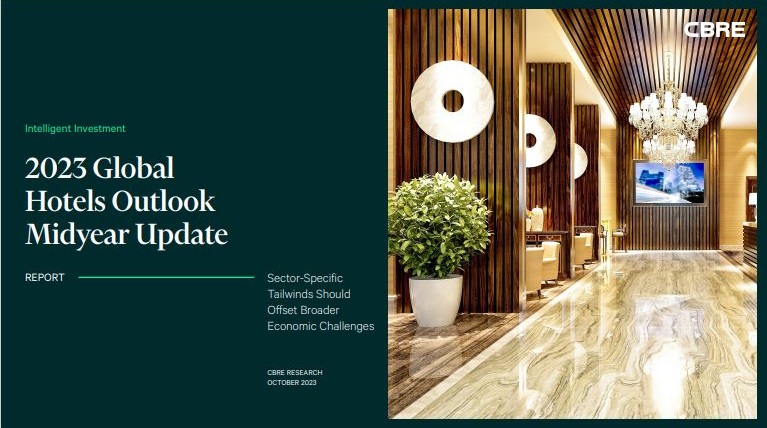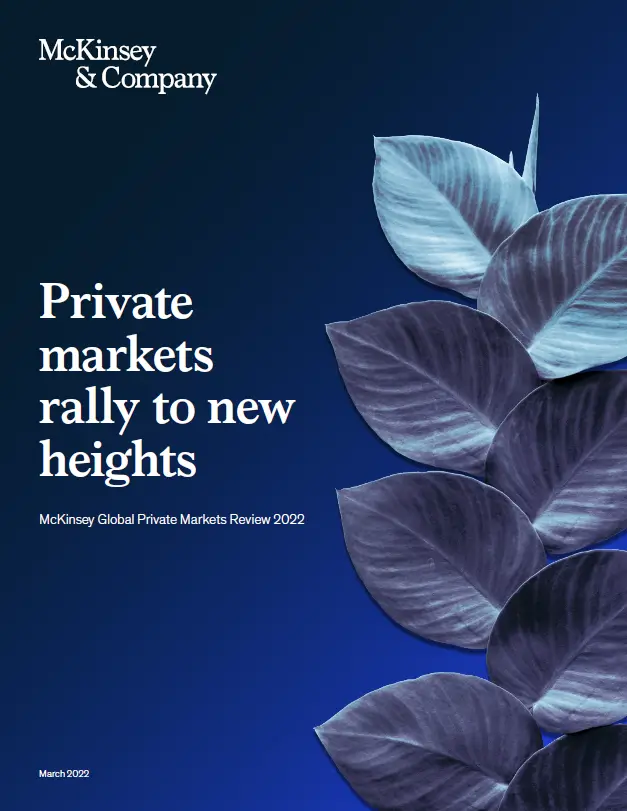India seems to do everything on a bigger scale these days: the fastest growing large economy on the planet and the highest rate of GDP growth anywhere in the world (currently a shade over 8%). So why settle for just one reason when you can have five? Why settle for one reason to explain the explosive growth in India’s hospitality sector over the past decade, something to tell us whether current growth rates in the sector are sustainable? And in case you’re wondering, the answer to the second part of that question is “yes”, but we’ll come back to that in a moment.
First though the reasons for the sector’s extraordinary growth, and as promised there are five of them: a surge in middle class numbers as India’s population becomes steadily larger and more affluent (in other words, much more consumer led demand); an overall increase in absolute business and leisure travel numbers; rapid urbanisation of the population (meaning that you need more and bigger hotels in densely populated areas); progressive economic growth (the subcontinent’s rising population has more money to spend) and lastly (fifthly, as I’m sure you’re still counting), a doubling in domestic air travel numbers over the last seven years. All these factors have now come together in a perfect storm to booster mid-market hotel brands in India, and that means in particular mid-size business hotels and eco friendly hotels.
In 2002 less than 25% of India’s hotel stock was mid-market in that sense, but this year the equivalent figure was 43% (according to the global advisory firm Horwath HTL). Between 2002 and March 2017 the supply of chain affiliated hotel rooms grew at 11% annually, but this too was outstripped by the mid-market segment, which grew over the same period at an impressive 15%. On any basis that is a striking shift in the market demographic over such a relatively short period, and if it tells us only one thing it is that now is perfect the time for investing in mid market hotel developments on the subcontinent.
And not just because statistics favour the segment so strongly, because development makes more financial sense in absolute terms too.
The average cost of building a mid market hotel room in India is between Rs 3 Million and Rs 7 Million, compared with a major chain development where the equivalent figure is Rs 15 Million which means that a mid market unit will break even faster: within six years rather than twelve for a chain development. The variables are in favour of the mid market too, because these break even projections are based on historic demand and, as we have seen, there has been a recent surge across the sector with current occupancy rates running at higher than 65%. The average room rates have also grown by more than 8% in the last decade, so we can realistically expect break even times to start coming down.
Red Ribbon Asset Management is the founder of Eco Hotels, the world’s first carbon neutral mid market hotel brand, offering “green hospitality” as part of its current roll out programme which is structured to take full advantage of current market opportunities on the subcontinent. The brand offers sustainable living without compromising on standards of hospitality and is designed to cater to commercial and recreational travellers alike.
And the timing couldn’t be better with everything pointing to a mid market surge.
[nectar_btn size="large" open_new_tab="true" button_style="regular" button_color_2="Accent-Color" icon_family="none" url="http://ecohotels.in/" text="Eco Hotels "]
Red Ribbon CEO, Suchit Punnose said:
Red Ribbon is the founding force behind Eco Hotels, and continues to support the project’s current roll out across the subcontinent where we are very confident that it will play a key part in the all important mid market sector. Not least because we know that a combination of demographic factors (driven primarily by India’s burgeoning and increasingly urbanised population) as well as the current acute shortage of hotel stock, combine to make the subcontinent’s hotel sector such an extremely attractive sector for investment.
To illustrate that point graphically, it is worth remembering that there are currently more hotel units on the island of Manhattan alone than there are in the entire expanse of the subcontinent. And that supply deficit is bound to create fertile ground for new investment, not least because of the five factors highlighted in the article.
At Red Ribbon we pride ourselves on our in depth knowledge of Indian markets, and the hotel and hospitality sector in particular. With more than a hundred advisers working daily on the ground in the market’s hot spots, we are confident that we can identify the best investment opportunities as they arise, taking full advantage of the trends for growth in this, the most exciting growth market on the world.
[social_buttons full_width_icons="true" facebook="true" twitter="true" google_plus="true" linkedin="true" pinterest="true"]






